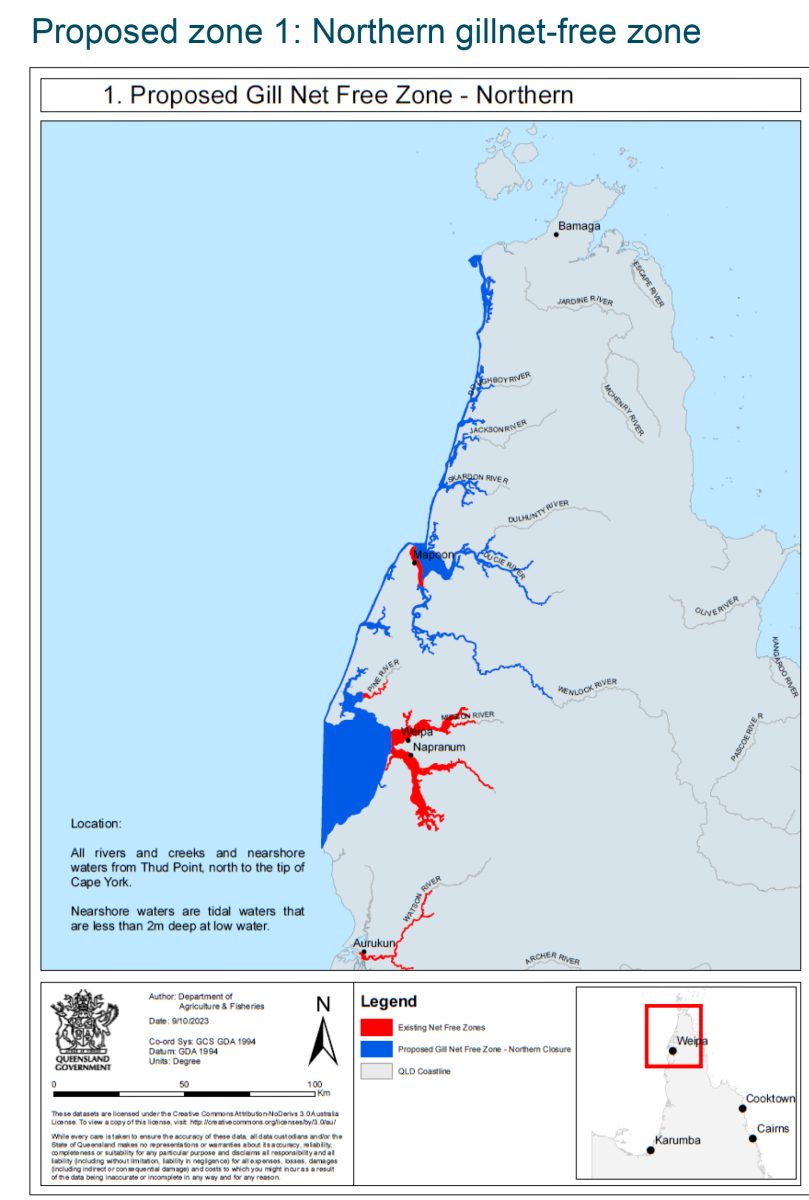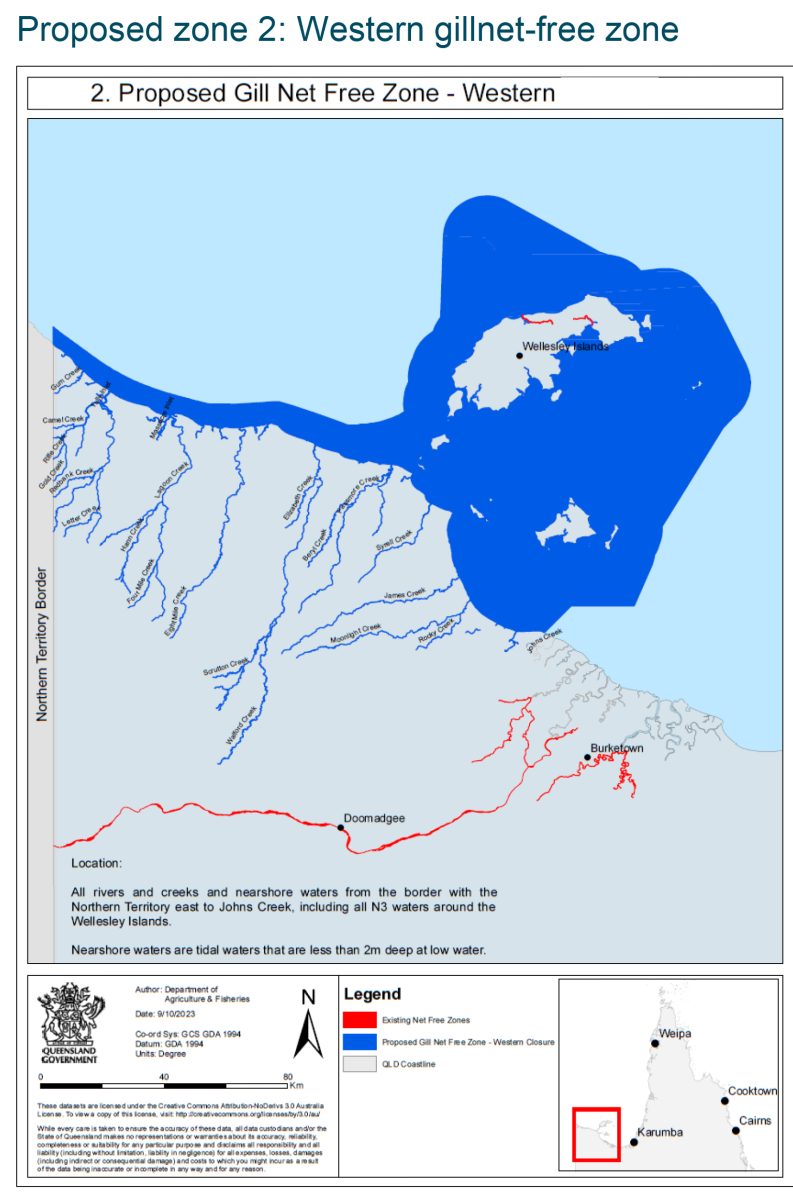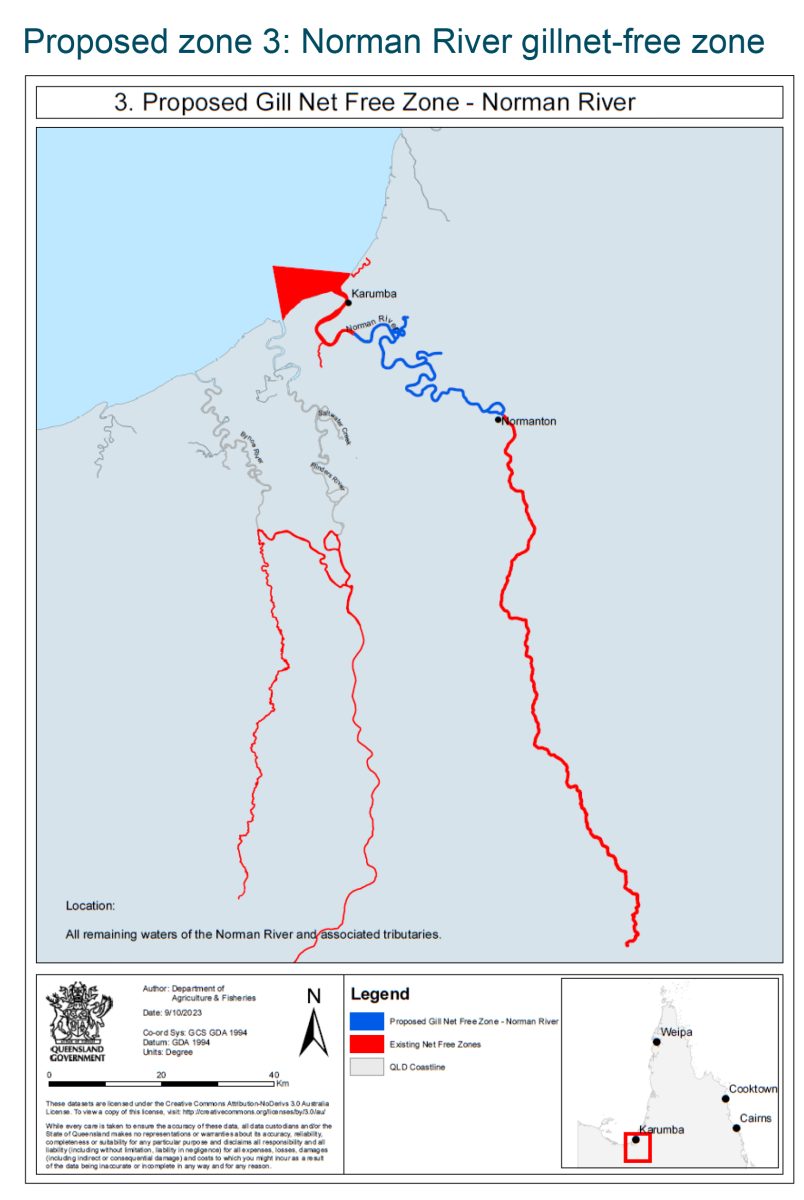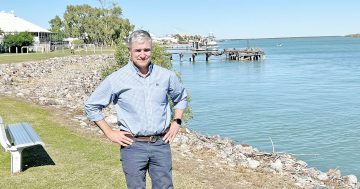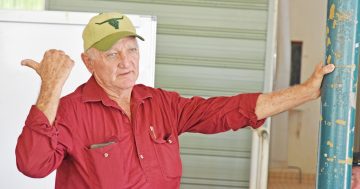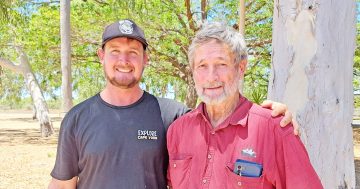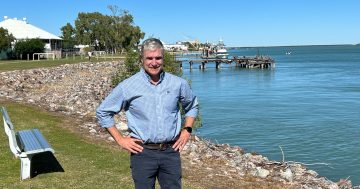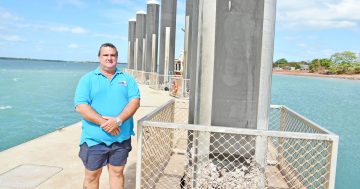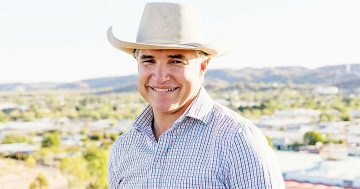
Is the sun setting on the gillnet industry in the Gulf of Carpentaria?
COMMERCIAL fishermen in the Gulf of Carpentaria are preparing for the fight of their lives after the Queensland government last week revealed a map with four proposed net-free zones in the region.
The Gulf was already one of the most regulated fishing areas in the state with a large number of net-free zones, however, the fishermen say that additional closures will put people out of business.
All in-shore gillnet fishing from Weipa to the tip of Cape York will be prohibited under the proposal, while areas around Pormpuraaw, Karumba and Mornington Island would also be off-limits.
The government says the net-free zones are designed to provide increased protection for various species of conservation interest, including sawfish, flatback turtles and speartooth sharks.
However, Fisheries Queensland said it did not have any data on the amount of protected species that were threatened or killed by the commercial fishing industry.
“We don’t need data to make a decision,” said Sian Breen, the chair of the Gulf of Carpentaria Inshore Fishery working group, at a meeting in Karumba last Thursday.
Cape York Weekly was the only media outlet to attend the AGM of the Gulf of Carpentaria Commercial Fishermen’s Association and heard first-hand the plight of the small business operators.
They all said that the closures had little to do with protecting the fishery or threatened species.
The reality was that UNESCO, a Paris-based environmental group, told the Australian government that it would slap the Great Barrier Reef with an “in danger” tag should it not meet its demands.
Closing the east coast gillnet fishery in North Queensland was one of them – a decision that was rushed through by the state government.
Another was the creation of more net-free zones in the Gulf.
“There is no way that UNESCO came up with the idea to create net-free zones in the Gulf,” said Shawn McAtamney, the owner of ISP Fish Market in Cairns.
“UNESCO was led into that by a large group of NGOs (non-governmental organisations).”

This map shows the proposed closures in blue and the existing closures in red. More detailed maps are at the bottom of the page.
Mr McAtamney has plenty of skin in the game when it comes to the proposed closures in the Gulf.
Not only does he run a successful seafood business out of the Far North, but he also holds commercial fishing and crabbing licences in the Gulf.
The government’s map with four suggested net-free zones would have a serious impact on his business.
“We’re going to have to fight it because it’s our livelihoods that are at stake,” he said.
“Two levels of government have made a commitment to UNESCO and we’re trying to get them to scale back on the closures, which will have an enormous impact on our industry.”
Mr McAtamney said the state government had failed to produce meaningful data that demonstrated the impact of commercial fishing on threatened species.
“If they were truly interested in protecting threatened species they would have a lot more data than they are producing,” he said.
“There is scientific data out there that shows that east coast and Gulf stocks are mutually exclusive in a lot of species.
“We’re not seeing any evidence that what we do in the Gulf has an impact on the Great Barrier Reef, or on threatened species.”
The government says it is open to feedback and is taking submissions on the proposed closures.
“No decisions have been made about the proposed gillnet-free areas and no decisions will be made until after feedback has been received through the consultation process,” Fisheries Queensland said in a statement.
“The proposals follow recommendations of the Future Fishing Taskforce established to provide expert advice to the Queensland government on the best approach, design and implementation of a $100 million structural adjustment package and decisions related to gillnet fishing in the Great Barrier Reef World Heritage Area and the Gulf of Carpentaria.”
Fisheries Minister Mark Furner did not show up in Karumba for the AGM, but said in a statement that his government was listening.
“We want Gulf fishers and community members to have their say and help to shape a future that includes a sustainable commercial fishing industry in the Gulf,” he said.
“No decisions have been made yet, and this consultation process will be critical in establishing that sustainable future.
“I am grateful to all of the fishers, supply chain business owners and community members who have reached out to me.
“I urge them now to take part in this process and be a part of the sustainable future that we all want to see.”

A fishing town like Karumba would be devastated by job losses in the gillnet fishing industry.
Mr McAtamney said the Gulf fishers were putting together a strategy to fight back.
“We’ll make a submission and I encourage everyone who is impacted, or sees the injustice, to make a submission to the government,” he said.
“But we have to do more than that.”
The government will justify the closures as being only 20 per cent of the current commercial fishing effort, but that’s been done on a per-kilogram basis.
“The geographical area is much bigger than 20 per cent.
“If they were truly invested in protecting threatened species – which is their only justification for these closures – why would you squeeze both ends of the Gulf and put the viable fishery into a more condensed area?”
The Queensland government has a $100 million fund put aside to buy back licenses and compensate fishermen for closures, but industry experts say that there will be a significant shortfall of funding to compensate those in the Gulf if the proposed closures go ahead.
The Gulf Fishermen’s Association will use that as ammunition against the government in its fight.
Chairman David Wren said while many fishermen dodged a bullet when the updated map was released by the government, it was only a matter of time before more closures were proposed.
“We’re all united in this fight, even if only some of us are going to lose our fishing grounds,” he said.
“Most of us have been fishing in the Gulf for decades and have been operating in a sustainable way.
“The government, under pressure from an overseas environmental group, is now trying to take our businesses away from us.
“It doesn’t make a lot of sense because we all work hard, pay our licences and taxes, and contribute to the economy.
“Not one fisherman wants to kill an endangered or protected species and I think that very few of us actually do.”
Mr Wren said if the proposed closures went ahead, some operators would be forced to relocate to other parts of the Gulf, or go out of business.
“That’s no good for anyone and it could have the opposite result of what the government wants,” he said.
“Having areas over-fished because there is less area to fish would be a disaster.
“That’s something that none of us want but it could happen.”
The chair called on the Minister to support the industry and the commercial fishermen.
“We are supplying food to Australia and our seafood industry is the best-managed in the world,” Mr Wren said.
“If you shut us down you’re just creating problems elsewhere.”
To read the discussion paper and to have your say, visit the Department of Agriculture and Fisheries Engagement Hub via daf.engagementhub.com.au
Submissions close at 5pm on Friday, November 17.
